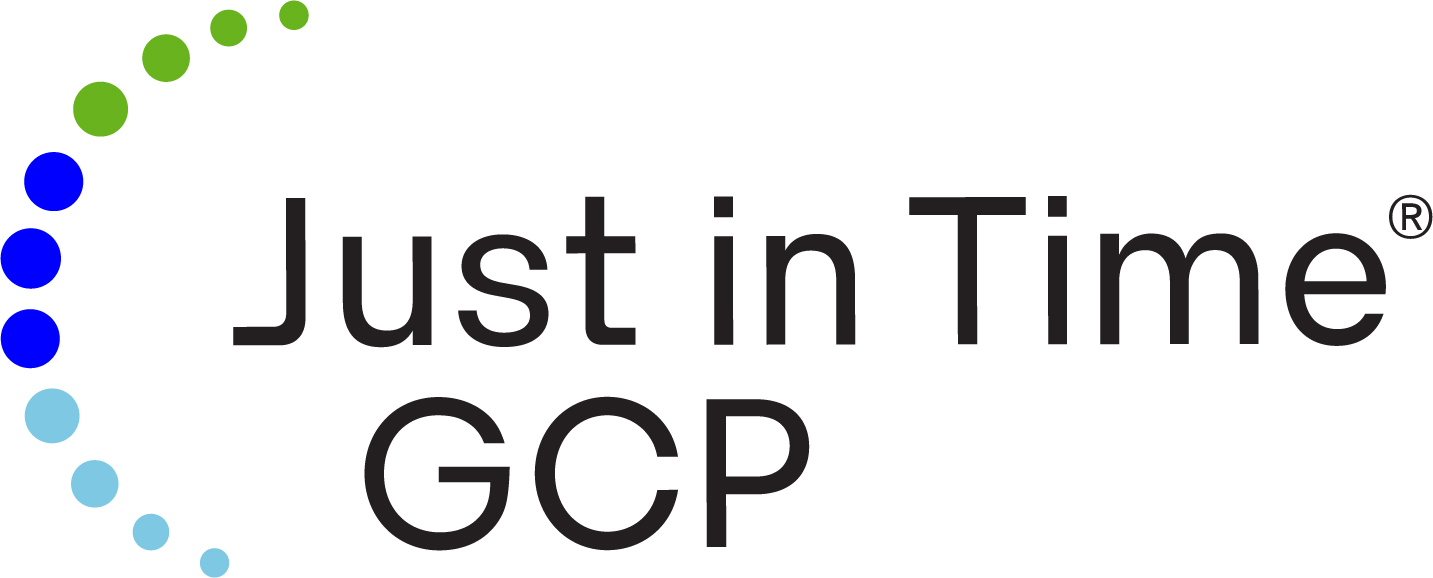In the clinical trial landscape, where innovation and adaptation are paramount, understanding the need for change management is crucial for success. Change management is a structured approach to transitioning individuals, teams, and organizations from their current state to a desired future state. It enables employees to effectively adopt and retain change.
Embracing change is imperative in clinical trials to enhance efficiency, comply with evolving regulations, and integrate innovative technologies. While, resisting change can lead to project delays, increased risk or costs, and may jeopardize the success of trials. This is where change management comes in to play. Change management applies targeted strategies to facilitate smooth transitions through changes such as business process optimizations, regulatory updates, or system implementations. It involves planning, implementing, and monitoring changes in a way that minimizes resistance and maximizes benefits. Essentially, change management is about effectively managing the human side of change.
In the clinical trial landscape, change management has evolved alongside advances, from the adoption of electronic data capture systems to the implementation of risk-based monitoring approaches, change management principles have helped trial sponsors, CROs, and investigators navigate complex transformations and transitions. It plays a vital role in the success of clinical trials by ensuring adaptability, compliance, and efficiency. Initiatives with thoughtful and targeted change management are 6 times more likely to meet objectives than those with poor change management (Prosci). By embracing change and leveraging change management strategies, stakeholders can navigate the dynamic landscape of clinical research with confidence and agility.
Effective change management involves a 3-stage process, (1) Prepare the Approach, (2) Manage Change, and (3) Sustain Outcomes. Look out for Blog 2 on March 14th, which will dive deeper into this process, highlighting key activities, challenges, and best practices.
~Meghan Zuchlewski

